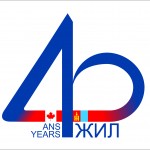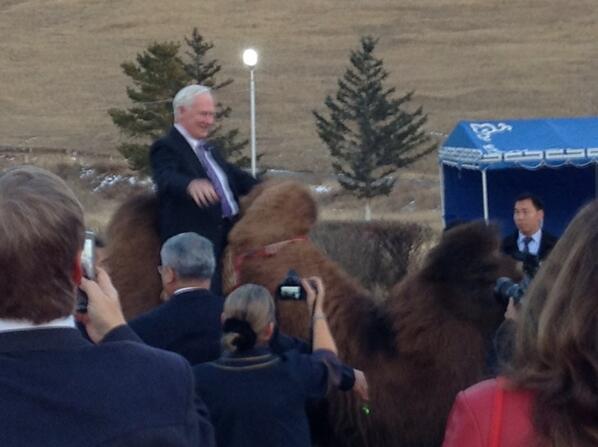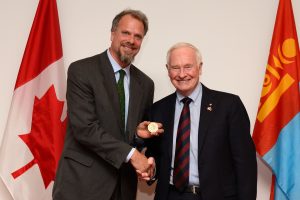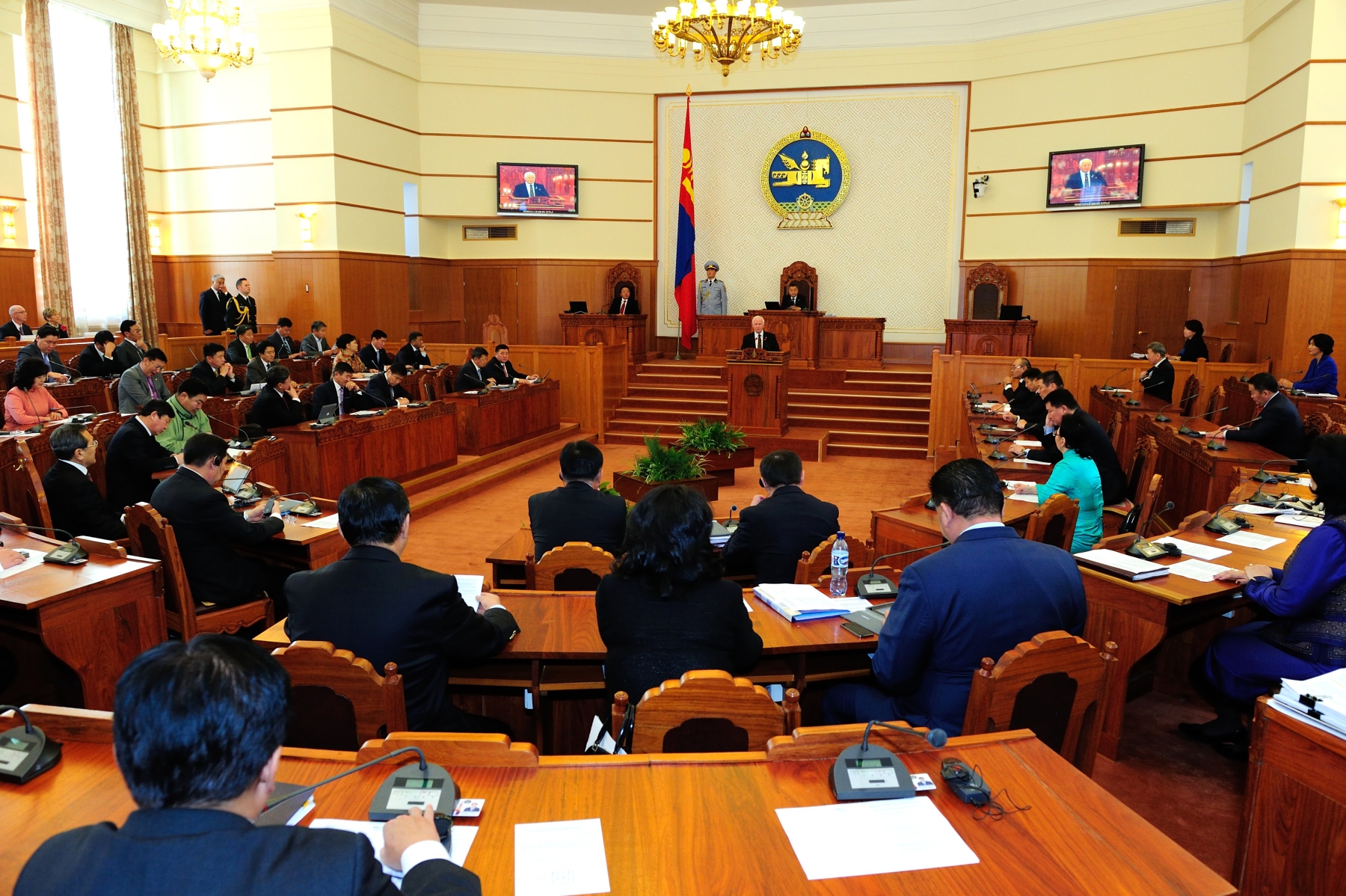This op-ed is first appeared in The Embassy, Canada’s foreign policy newsweekly (12/19/2013)
Canada, a co-creator of United Nations peacekeeping, has a substantial comparative advantage in transferring peacekeeping knowledge to Central and East Asian countries, including former communist states, as it has done for generations of peacekeepers from Africa, Latin America, and Central and Eastern Europe.
The transfer of peacekeeping knowledge is a unique Canadian addition to the Canada-United States Asia-Pacific Defense Policy Cooperation Framework that both countries’ defence ministers signed in November.
Although the operational map of the Department of National Defence has not changed much since the end of the Cold War, formerly socialist Mongolia, unexpectedly, has appeared on the DND map. Canadian military assistance there has been repeatedly highlighted by political leaders of both nations, most recently by Governor General David Johnston during his state visit to Ulaanbaatar in October.
In March 2001, DND hosted four Mongolian delegates. Presentations at the Pearson Centre and the Peace Support Training Centre in Kingston, Ont. opened the eyes of Mongolian officials to peacekeeping.
It was knowledge offered at just the right moment when the Mongolian military was trying to explain its vision to political leaders and the public.
In 2003, Mongolian artillery trainers were stationed at the Canadian-run Camp Julien just outside Kabul. Here, the Mongolian military became familiar with the rules of engagement, organization, structure, equipment and even culture of Canadian forces serving in Afghanistan.
From 2006 on, Mongolian military personnel officially began participating in Canada’s foreign military help initiative, the Military Training Assistance Program. It was recently renamed Military Training & Cooperation.
Since 2006, almost 100 Mongolian military members have participated in peacekeeping training courses, including those of the Pearson Centre, and other professional and language courses.
The foreign military help program provides an excellent environment for Mongolian military personnel to learn the complexity of contemporary peace support operations, and a venue for understanding Canadian culture and civil-military relations.
Mongolian forces now offer their unique experiences of coalition operations in Iraq, Afghanistan and Kosovo as well as UN peacekeeping operations in Africa. The Canadian model and experience are more applicable than the US model for states like Mongolia.
Diplomacy of knowledge
This help has prompted Mongolian political and military leaders in encounters at regional events (like the Shangri-La Dialogue, and the Chiefs of Defense Conference) to request more slots in the Canadian military co-operation program, to organize a workshop on peacekeeping strategy and plans, and to invite Canadian forces to attend the annual Mongolian-hosted peacekeeping exercise Khaan Quest.
With support from the US and other NATO members, especially Germany and Canada, Mongolia is now one of the largest contributors for UN peacekeeping operations from Central and East Asia (with 1,200 to 1,500 deployments per year) and operates the only peacekeeping training centre with annual multinational and bilateral exercises. Canada has played an important role to help Mongolia overcome challenges in embarking on this new peacekeeping journey.
Governor General and Commander-in-Chief David Johnston has used the term “diplomacy of knowledge,” which he says is “our ability and willingness to work together and share our learning across disciplines and borders.” Even DND’s limited engagements with Mongolia have proven Canada’s ability to transfer knowledge to a newly found friend in Asia.
The Canadian defence attaché office in Beijing has administrated Canadian military training assistance for Mongolia and participation in multilateral exercises. The results were visible and applauded by the Mongolian military. And they didn’t even require Canada to set up new defence attaché posts. The Canadian experience with the Mongolian military could be extended to other states in the region like Cambodia, China, Laos and Vietnam, some of which have communist-style political and defence structures but are open to new ideas.
Despite the increasing peacekeeping contribution of the People’s Republic of China and Cambodia, both are encountering numerous challenges, including training (from individuals to contingents), organizing logistics of deployments, sustainment, and redeployment, dealing with international and host nations’ laws and culture, and educating politicians, military personnel and the public.
Vietnam has declared its intention to participate in peacekeeping operations starting in 2014. Laos is attending all US-hosted events toward peacekeeping, while North Korea is not objecting to any UN peacekeeping operations. All Central Asian states, especially Kazakhstan, Kyrgyzstan and Tajikistan, are inclined to participate in peacekeeping operations.
Canada seems to be in a better position to disseminate its peacekeeping knowledge in Central and East Asia, because its contender, Australia, appears to be focused on Southeast Asia.
The peacekeeping knowledge transfer would enable countries like Mongolia to become active members of the international community and open more constructive political channels for Canada with these prospective friends. While Canada would not do the UN peacekeeping, Canada would help others become peacekeepers, not troublemakers.
The well-targeted, efficient peacekeeping knowledge of the Canadian Armed Forces will contribute to changing the mindsets of Asian military personnel and help them internalize the norms of professionalism, multilateralism, and most importantly help them become contributors to the global peacekeeping endeavour.

 Follow
Follow




